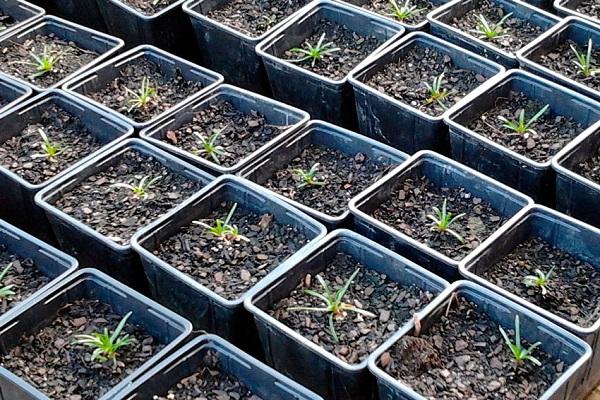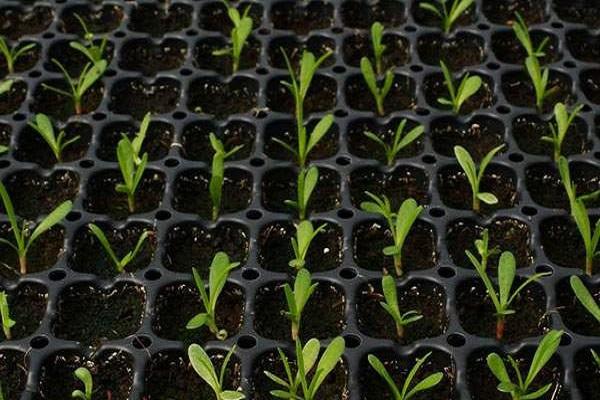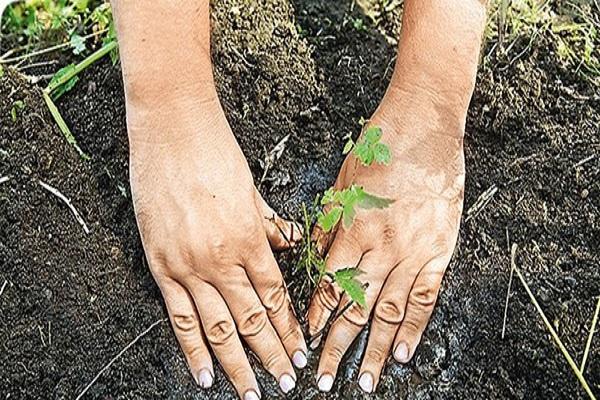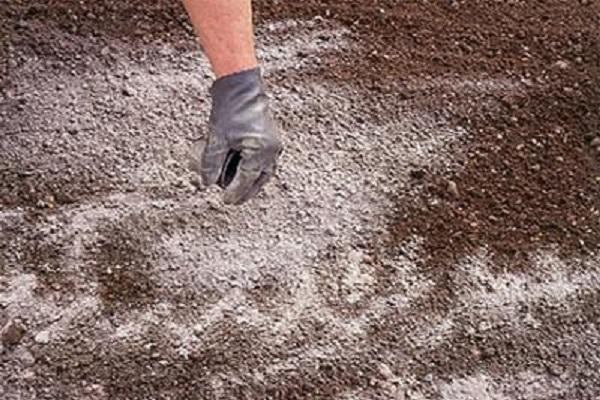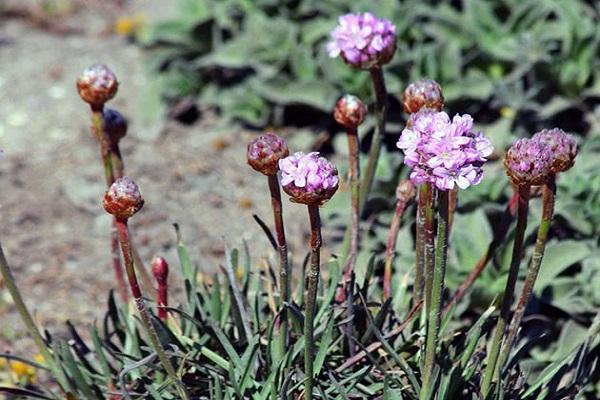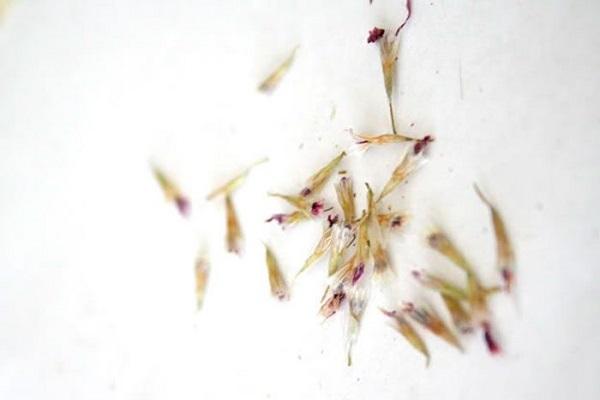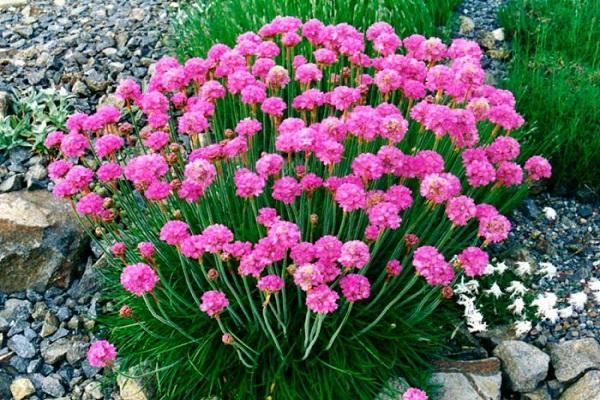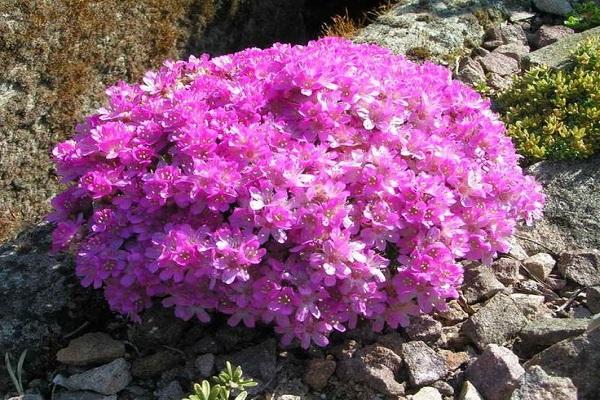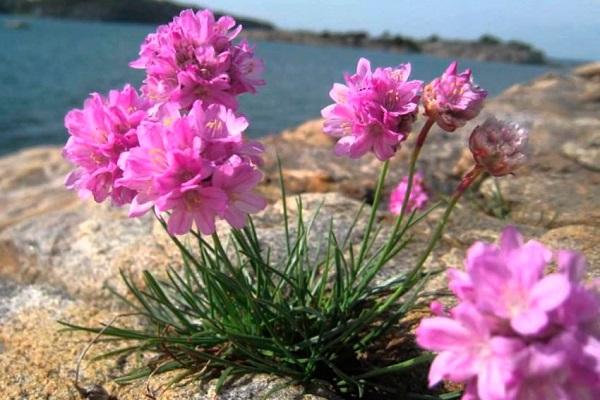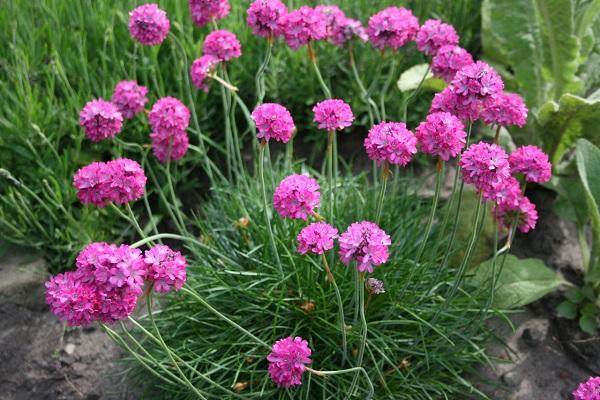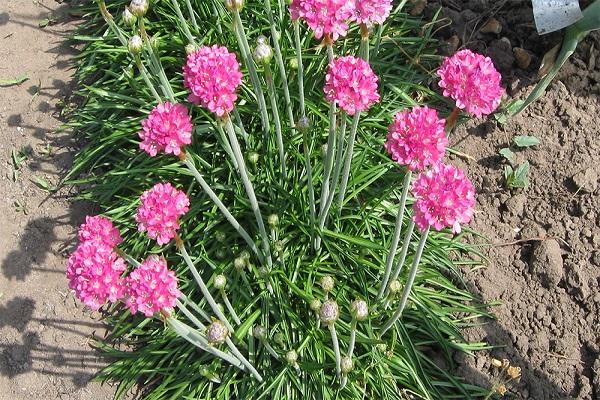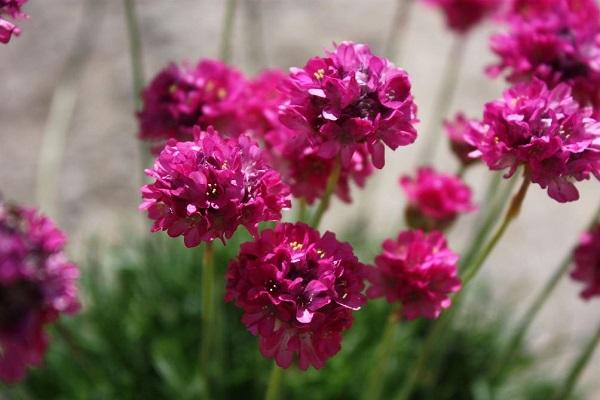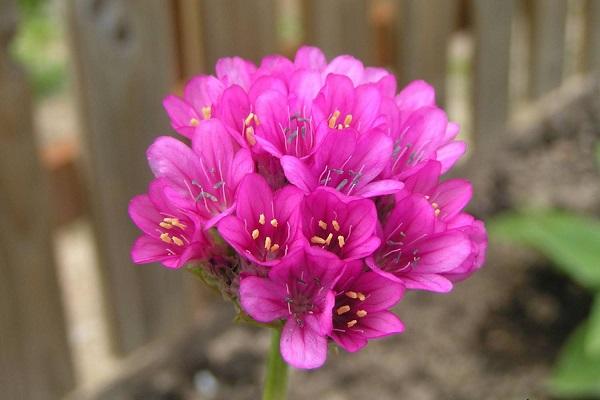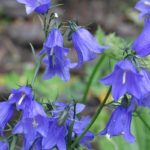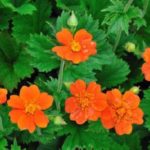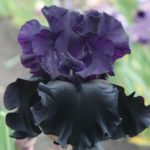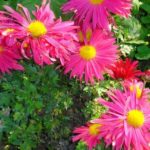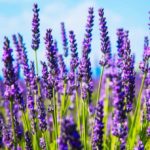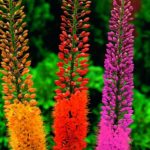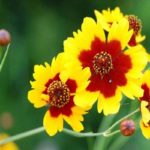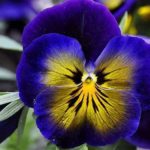Armeria is a flowering herbaceous perennial. Externally, the plant looks like a carnation, but produces smaller flowers. It is not difficult to grow armeria on your own plot; it is important to follow the basic rules for planting and caring for this seaside beauty. This amazing flower has good frost resistance. Armeria is an excellent addition to alpine slides and is available in various colors: from white and pink to bright red shades.
- Description and features
- Growing seedlings
- Deadlines
- Soil preparation
- How to plant
- Temperature and light conditions
- Planting in open ground
- When to plant
- Selecting a location
- Soil requirements
- Planting scheme
- Care
- Watering
- Top dressing
- Trimming
- Transfer
- Diseases and pests
- Preparing for winter
- Collecting seeds
- Kinds
- Alpine
- Beautiful
- Primorskaya
- Soddy
- Juniper-leaved
- Beautiful
- Arctic
- Velvich
- Ordinary
- Popular varieties
- Red ballerina
- Louisiana
- Alba
- Rosea
- Joystick White
- Thrift
- Red Planet
- Bees Ruby
- Dusseldorf Stolz
- Vindictive
- Bloodstone
- Brno
- Bevan's Variety
- Mar Splendens
- Anna Maria
Description and features
Armeria is a representative of the Svinchatkov family. Place of natural growth - the coast of North America. Short description:
- The bush forms grassy thickets.
- Plant height is from 20 to 60 centimeters.
- The root system is taproot.
- Erect smooth stem.
- The flowers are small, collected in spherical inflorescences.
- The flowering period is from May to September.
- The plant is light-loving, frost-resistant, drought-resistant.
The Armeria genus includes more than 90 species. The seaside beauty is a metallophyte, that is, it is capable of growing on soils with a high degree of contamination with heavy toxic metals: lead, zinc and many others. Armeria cleanses the soil by processing harmful compounds.
Growing seedlings
The seaside beauty is bred in several ways:
- seedlings;
- sowing seeds directly into the ground;
- dividing the bush.
A convenient way to propagate armeria is to grow seedlings from seeds. Sowing in seedling boxes begins in mid-February. The procedure begins with the preparation of seeds, which are soaked for several hours in warm water and disinfected with a solution of potassium permanganate.
Deadlines
Mid-February or early March are the optimal times for sowing seeds in seedling boxes; after 7-10 days, the first shoots appear and begin to grow quickly; by the beginning of April, the seedlings are ready for planting in open ground.
Soil preparation
Armeria prefers nutritious, non-alkaline loose soils. Before sowing seeds, the soil in seedling boxes is disinfected with boiling water or a solution of potassium permanganate. To grow seedlings, peat soil mixed with sand is used.
How to plant
It is not necessary to pick young bushes, so sowing can be done in individual containers immediately. If a seedling box is used, then the distance between the sprouts is left at 3-4 centimeters. The seeds are sprinkled with soil to a depth of 1.5-2 centimeters and watered abundantly. Seedling containers are covered with film until shoots emerge and placed on a warm windowsill.
Temperature and light conditions
Armeria is a light-loving plant; regular lighting is required for seed germination. Optimum soil temperature +20 0C. When growing seedlings in partial shade, the sprouts become very elongated, the plant develops a fragile stem and a weak root system.
Planting in open ground
Strengthened and hardened seedlings are planted in open ground in early May. First, a place is chosen for young bushes and the soil is prepared.
When to plant
In the spring, as soon as the soil warms up to +10 0Since the threat of frost has passed, the armeria is planted in a permanent place. In areas with a temperate climate, for several days after planting, plants are protected from possible frosts with additional shelters.
Selecting a location
The herbaceous shrub is demanding of light, so you must choose a sunny place for planting it. The flower grows well on slopes and small hills.
Important! Avoid stagnation of moisture at the roots of the armeria, install drainage. The plant will die in marshy soils.
Soil requirements
Armeria does not tolerate alkaline soils, the plant does not take root well, loses its growth rate and decorativeness. In this case, lime in the soil is neutralized with vinegar or ammonium nitrate. The best option is slightly acidic soil with the addition of sand and peat.
Planting scheme
The seaside beauty forms a fairly lush bush; it is recommended to maintain a distance between plants of at least 35 centimeters. To create a carpet, the interval between bushes is reduced to 20 centimeters.
Care
This herbaceous flowering perennial does not have complex care requirements, is suitable for novice gardeners, and can be successfully grown in city flower beds.
Watering
For Armeria, the following statement is true: “it’s better not to top up than to overfill.” Plants can withstand drought, but high humidity causes the bush to rot and die. Watering the armeria should be moderate.
Top dressing
Shrubs are fed three times a season with a complex of universal mineral fertilizers. The plant cannot tolerate excess organic matter.
Important! Use of dolomite flour and wood ash as fertilizers are contraindicated.
The loosening procedure is often combined with mulching of plantings with a mixture of peat and sand.
Trimming
To give the shrub a neat appearance, armeria is pruned as faded stems accumulate. With regular preventive pruning of the plant, the flowering period noticeably increases, the bush looks well-groomed and retains its decorative appeal.
Transfer
Armeria grows in one place for no more than 5 years, then the bush degenerates and the number of buds noticeably decreases. 3-4 years after planting, the plants are rejuvenated and new seedlings are obtained by dividing the bush.
Diseases and pests
Persistent immunity to diseases and pests is a distinctive feature of this flowering perennial. Armeria can get sick if the rules of care, agricultural technology and when grown on alkaline soils are not followed.
The main disease that affects a beautiful flower is root rot. Do not allow the soil to become waterlogged; loosen the soil more often. All damaged stems and leaves are removed from the plant using pruners. In severe cases, fungicides are used - Bordeaux mixture, Fitosporin.
Of the insect pests, you should be wary of aphids; they destroy armeria flowers. In this case, the bushes are treated with Aktara or other insecticides.
Preparing for winter
For the winter, armeria bushes are covered with dry leaves or spruce branches. All faded stems must be removed. Armeria is a frost-resistant plant that tolerates Russian winters well.
Collecting seeds
You can collect Armeria seeds in a simple way: put a kind of “cap” made of gauze or soft fabric on the flower. As soon as the seeds ripen, they fall off and remain inside the cap. The gardener just needs to untie the device and pour in the seed.
Kinds
There are more than 10 varieties of armeria, which are used in various landscape compositions. The flower looks great in rocky gardens, alpine slides, group and individual plantings.
Alpine
A perennial that produces flowering stems up to 30 centimeters in height. The inflorescences are large, delicate white with a pink tint. Blooms all June. Due to the original shape of the leaves, it is highly decorative even without flowers.
Beautiful
An evergreen perennial that blooms all summer. The height of the plant depends on the variety: from 20 to 60 centimeters. The species is distinguished by good frost resistance and stable immunity to fungal diseases.Beautiful Armeria is often used in individual plantings.
Primorskaya
The magnificent flower blooms from mid-May and can form decorative thickets. The peduncles are elongated to a height of 30 centimeters and form beautiful spherical inflorescences. Armeria maritima is an unpretentious plant with a high degree of drought resistance. Bushes look beautiful in individual plantings along the edges of artificial reservoirs and in alpine hills.
Soddy
Low-growing perennial used to create carpets. It begins to bloom from mid-July to the end of September. With proper care, it forms a large number of flowers, due to which the leaves become invisible.
Juniper-leaved
The homeland of this variety is Spain and Portugal. Low growth bushes, completely covered with large spherical flowers. Suitable for creating carpets. The leaves resemble juniper needles.
Beautiful
An evergreen, unpretentious perennial with a grass-like leaf shape. It forms long stems with spherical inflorescences, the diameter of which can reach 7 centimeters. In landscape design it is used to decorate rocky gardens.
Arctic
Biennial herbaceous flower up to 20 centimeters high. In the second year, the Arctic armeria fades and dies; under natural conditions it can grow for several years. The diameter of the inflorescences is 2 centimeters; during flowering it gains up to 10 peduncles.
Velvich
Tall herbaceous perennial, reaching a height of up to 50 centimeters. The leaves are pointed, elongated, but wide enough for armeria. Blooms profusely all summer. The diameter of the spherical inflorescences is 2.5 centimeters.
Ordinary
The second name is garden armeria, which can reach a height of 60 centimeters. During the flowering period it forms up to 40 peduncles.The flower has a fragrant aroma and resistance to cold weather and temperature changes.
Popular varieties
All varieties of Armeria are represented by different varieties. The choice of variety depends on the purpose of growing the flower and its use in landscape design.
Red ballerina
A luxurious original flower, a decoration for alpine hills and rocky gardens. The spherical inflorescences of bright red color attract the eye; with the help of armeria of this variety you can create color accents in flower beds. In group plantings they go well with forget-me-nots.
Louisiana
A low-growing representative of the Armeria family, used for growing on alpine hills. It begins to bloom in the second year and pleases with flowers all summer long. It is characterized by high winter hardiness and reproduces by self-sowing.
Alba
The variety captivates with spherical flowers of delicate pink color; there are snow-white varieties. It begins to bloom from May to mid-August. The height of the flowering stems is 20 centimeters. Can winter without additional shelter.
Rosea
Bright, eye-catching pink flowers are designed to create an accent color in flower beds. The variety is used in individual plantings and decorating city flower beds. The height of the peduncles is 20 centimeters.
Joystick White
The Armeria variety is beautiful, has high decorative qualities, and forms snow-white spherical flowers up to 40 centimeters high. Flowering period is from June to September.
Thrift
It is considered one of the shortest members of the family. Suitable for creating carpets. Does not tolerate excess moisture and is highly drought-resistant.
Red Planet
Herbaceous perennial up to 35 centimeters high.Forms small spherical red flowers with a diameter of 4 centimeters. Suitable for decorating alpine slides and city flower beds. Does not tolerate alkaline soils.
Bees Ruby
Tall perennial with pink flowers. The representative of the Armeria species is beautiful. Reaches a height of 30 centimeters. The plant is unpretentious and grows in one place for more than 3 years. Tolerates drought and temperature changes.
Dusseldorf Stolz
Variety of seaside armeria. Cushion-shaped herbaceous low-growing perennial. Blooms from May to early August. It is distinguished by the original color of the inflorescences - a bright crimson-red color. The height of the peduncles does not exceed 20 centimeters.
Vindictive
A representative of Armeria seaside with delicate scarlet flowers. A low-growing variety with narrow decorative green leaves. Drought-resistant, does not tolerate stagnation of moisture at the roots and soil with low acidity.
Bloodstone
A herbaceous perennial with burgundy-colored flowers, it belongs to the varieties of Armeria maritime. Flowers with a diameter of 4 centimeters can completely cover the bush. The plant is planted along the edges of artificial reservoirs and in individual plantings on alpine hills.
Brno
Variety of Armeria soddy. The leaves are shaped like needles, the flower is planted to create carpets. Brno is a ground cover plant. Forms pink flowers; drainage is required.
Bevan's Variety
A representative of the juniper-leaved species, it forms dense cushions covering the soil with a continuous carpet. The variety is ideal for alpine hills and rocky gardens. Bivens Variety is planted in sunny areas, in the foreground from other plants.
Mar Splendens
A perennial herbaceous plant with a strongly developed tap root.The beginning of flowering is May, the duration of the period is 70-80 days. Splendence forms spherical inflorescences of pink-violet color. Tolerates cold winters with little snow. During drought it needs additional watering.
Anna Maria
An elegant representative of the beautiful army. The height of an adult plant is 35 centimeters. It begins to bloom in the second year from mid-May. Flowering duration is 70-80 days. Forms spherical inflorescences of pink or white color. In landscape design it is used as a border plant.
It's hard to imagine an alpine hill without armeria. The plant is unpretentious, quickly takes root, and has high decorative qualities in terms of both flowers and bush shape. Caring for the plant is not difficult; it is important to choose the right place for planting and observe the sowing time.

